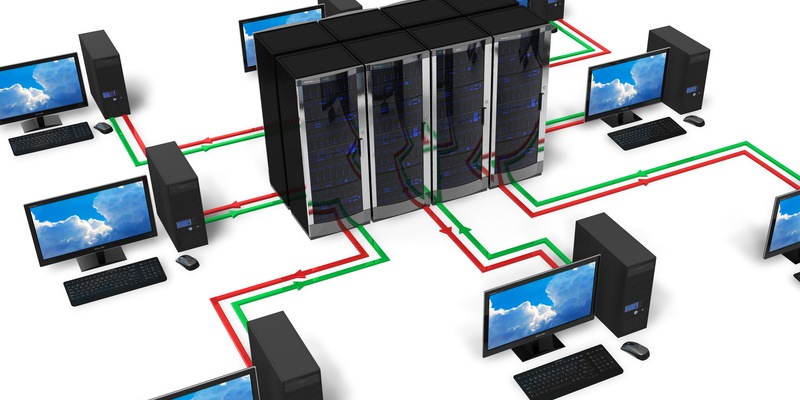Network monitoring has always played a critical role in keeping businesses up and running as well as protecting digital assets. What’s going on across your IT networks is often the very first indicator that end-users and customers are suffering from poor application or database performance. Network monitoring will also usually be the first to alert you of a cyberattack.
And with the exponential growth in the Internet of Things (IoT), mobile access and content-delivery networks, the number of devices on networks is skyrocketing—IT administrators are busier than ever keeping tabs on all the activity. Cisco has predicted network traffic will grow at a rate of 26% per year through 2022.
As a result, there is a critical need for network monitoring tools that can process large volumes of traffic and efficiently identify cyber threats. Tools that automate the processes of pinpointing and prioritizing network performance and security issues are a must. Otherwise, effective network monitoring is impossible—putting business operations at risk.
Comparing sFlow to NetFlow
Two key tools that network administrators often turn to for network monitoring are NetFlow from Cisco and sFlow from InMon. On the surface, these tools seem to provide similar capabilities, so many network admin teams feel as though they need to choose one or the other. While it’s true in some cases that only one of the tools is needed, it’s usually best to deploy both so as to get two perspectives on what’s taking place across your networks.
Here’s a quick rundown of what each tool provides:
- NetFlow uses templates to give you a broader perspective of all the data packets traversing your networks, making it ideal for baselining normal network traffic and identifying when unusual patterns occur. NetFlow is primarily limited to capturing IP traffic and was developed as a proprietary tool for Cisco devices. The latest versions of NetFlow now work on many other vendor devices, but not all, so check to see if it’s compatible with your network infrastructure.
- sFlow utilizes a sampling protocol and provides a narrower view into individual data packets so that it’s possible to identify whether an individual file might be corrupt or contain malicious code. You can set the tool to sample every <Nth> individual packet, depending on the interval at which you want to analyze files. sFlow will also randomly sample other packets. sFlow can monitor IP traffic along with network layers 2 through 7, and as an industry-standard technology, it works on all network devices.
Most collectors and analyzers will handle both NetFlow and sFlow information, and many networking devices support both tools. If your network infrastructure supports both NetFlow and sFlow, the two can function quite well together. For example, while NetFlow accounts for all network packets, the sFlow sampling method makes it possible to handle larger amounts of traffic quickly. Also relating to scalability, NetFlow uses CPU and RAM to run its flow cache, which is good for comprehending low-volume traffic. But because sFlow doesn’t interface with devices as much, it can better process higher volumes of traffic.
For smaller networks and those that primarily support low-end devices, sFlow may provide all the network monitoring that’s needed on its own. NetFlow takes up more compute resources than sFlow, and while NetFlow might collect more information, all that information may not be necessary on smaller networks, and the network analyzer may not be able to process all the data.
Just Like Analyzing Vehicle Traffic
A good analogy for making the case to use both NetFlow and sFlow is to think of vehicle traffic in and around a big city during the weekday rush hour:
- NetFlow is like a monitor that will tell you if traffic on a major route is more or less congested than is typical on a given day.
- sFlow is like a device that will identify a car that has broken down and is causing other cars to slow down or perhaps represents a threat to their safety.
NetFlow and sFlow give you those same views into your IT networks, the lifeblood of your business operations. Your network team will know when traffic is too heavy or if an individual packet could cause your network to crash. The team can then take proactive steps to mitigate the issue before the network is impacted.
With monitoring providing the core support for your network security, usage billing, and other forms of network management, it’s vital to deploy tools like sFlow and NetFlow. Both can positively impact your network and are well worth the investment.
Many vendors offer both NetFlow and sFlow tools. WhatsUp Gold from Ipswitch is a NetFlow solution, which can easily be configured for sFlow, that network administrators turn to manage traffic analysis. The solution offers all the features to properly monitor network performance and bandwidth utilization while also scanning for security threats.
Check out WhatsUp Gold by downloading a free trial.
